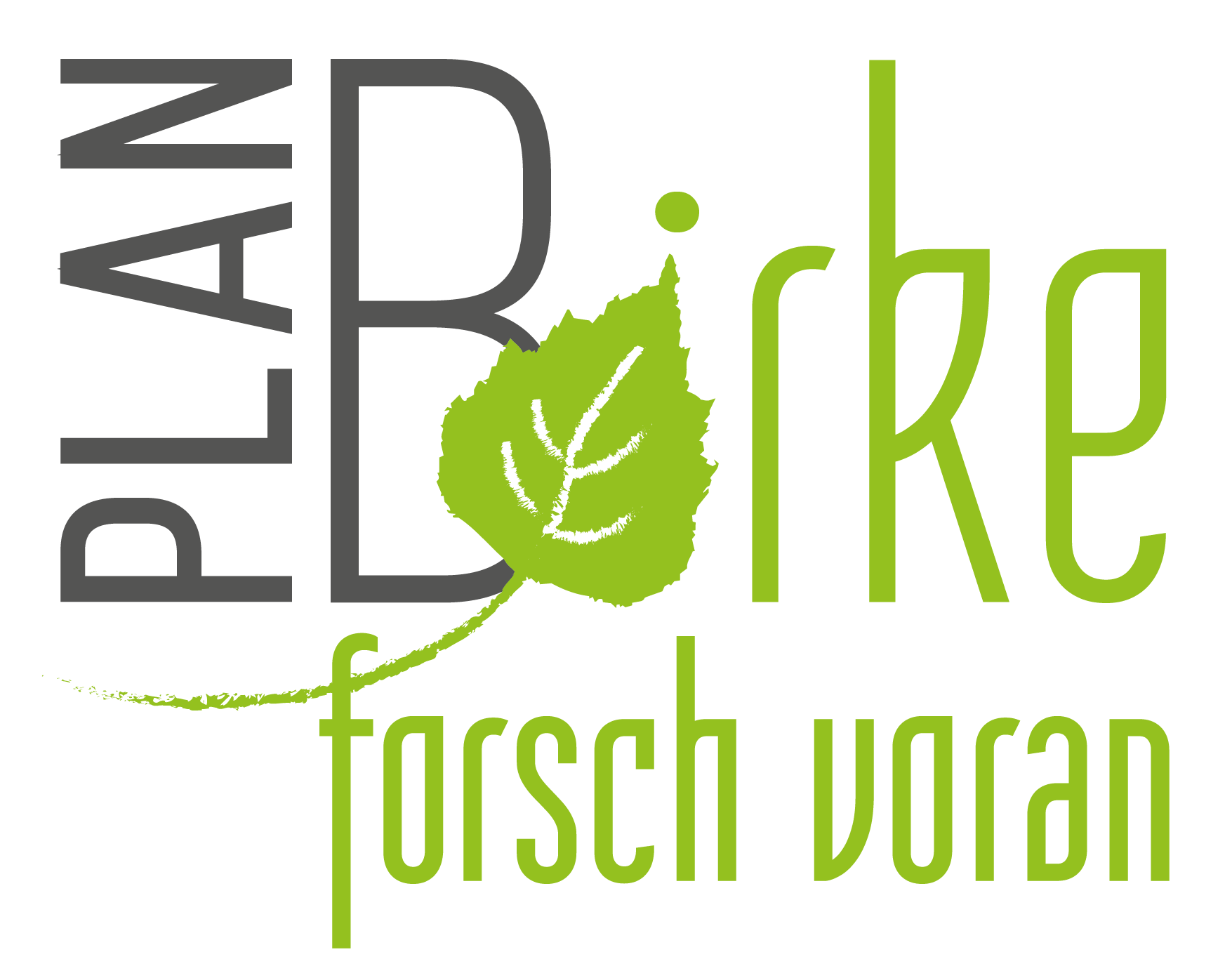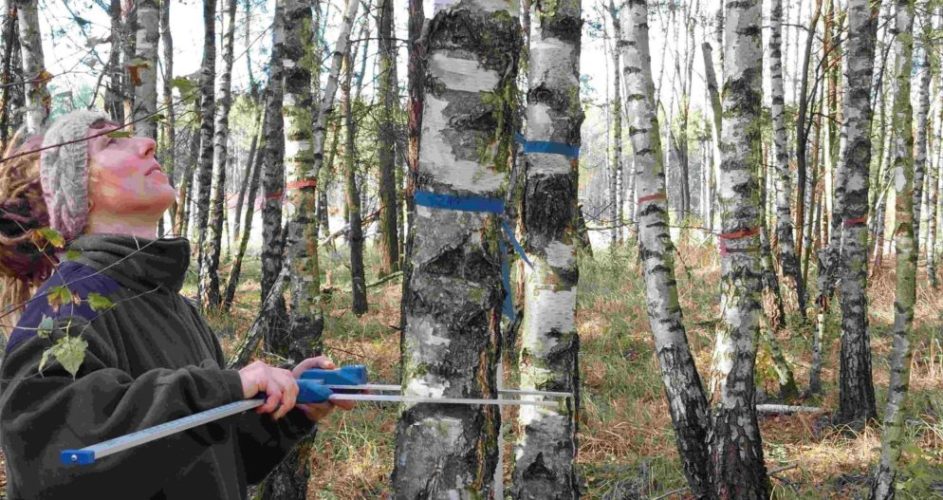FORESTRY IN CRISIS MODE
Climate impacts are a challenge for society as a whole, and the recent succession of hot, dry “summers of the century” speaks for itself. Forests are under pressure to adapt, all tree species suffer, some lose. The Norway spruce is particularly affected. Mostly cultivated as a pure stand, unnatural and weakened, it is now dying across the board. Bark beetles, heat and drought have it easy, from the Rhenish Slate Mountains to the Upper Harz Mountains and the Eastern Ore Mountains. The economic losses from forced use or immaturity can hardly be quantified. In addition to a future shortage of wood, there is a risk of a loss of diverse ecosystem services. Doing nothing is not a solution.
FORESTS CHANGE THEIR FACE
But with all afforestation programs, forests can be renewed within certain tolerance limits. Under their own steam, for example when site-adapted tree species regenerate under dead wood, resettle bare areas and thus initiate forest succession. Fast-growing pioneer tree species are particularly important – above all the common birch. It already covers almost five percent of the total forest area in Germany, and the trend is rising. Poor locations in particular with only few silvicultural opportunities benefit from this.
At the same time, the forestry model of all types of ownership is changing towards more biodiversity, resilient forests and their near-natural management. In this joint responsibility for forest renewal, the demands of forest owners and society converge.

PlanBirch-plus-C “STEPS ON THE PLAN”
Until a few years ago, birch trees were hardly considered in forestry operations, let alone promoted. Their inconsistent management promised little yield, despite the good technological properties of the wood. Even today there is a lack of “birch knowledge”, especially about the long underestimated importance in the ecosystem. With PlanBirch-plus-C (like carbon), citizen research is addressing topics that are largely untapped but are gaining in importance:
-
- What development dynamics do birch succession and mixed forests have, can they hold their own better than afforestation?
- How does the tree species cope with frequent extreme weather conditions, how does this affect its vitality and biomass formation?
- How do birches manage with the scarce “resource water”, depending on age, location and compared to other tree species?
- What contribution does the tree species make to storing carbon and securing biological diversity in the forest?
PlanBirch-plus-C shows how forest actors use natural processes with different management goals to build climate-stable mixed forests. Added value is created when citizen research “creates knowledge” in the same place. Whether it’s an experience, a one-off hands-on activity or a challenging measurement campaign, our motto is: “Approach each other & learn from each other”. The new “Birken-App” in particular encourages young scientists to do their own projects.


Partner
German Forest Protection Association (SDW), Federal Association e.V.
Association for the Protection of German Forests (SDW) – Landesverband Brandenburg e.V.

Project Funding
Federal Ministry of Food and Agriculture (BMEL), Federal Ministry for the Environment, Nature Conservation, Nuclear Safety and Consumer Protection (BMUV)

Guideline: Forest Climate Fund

Project sponsor: Agency for Renewable Resources

